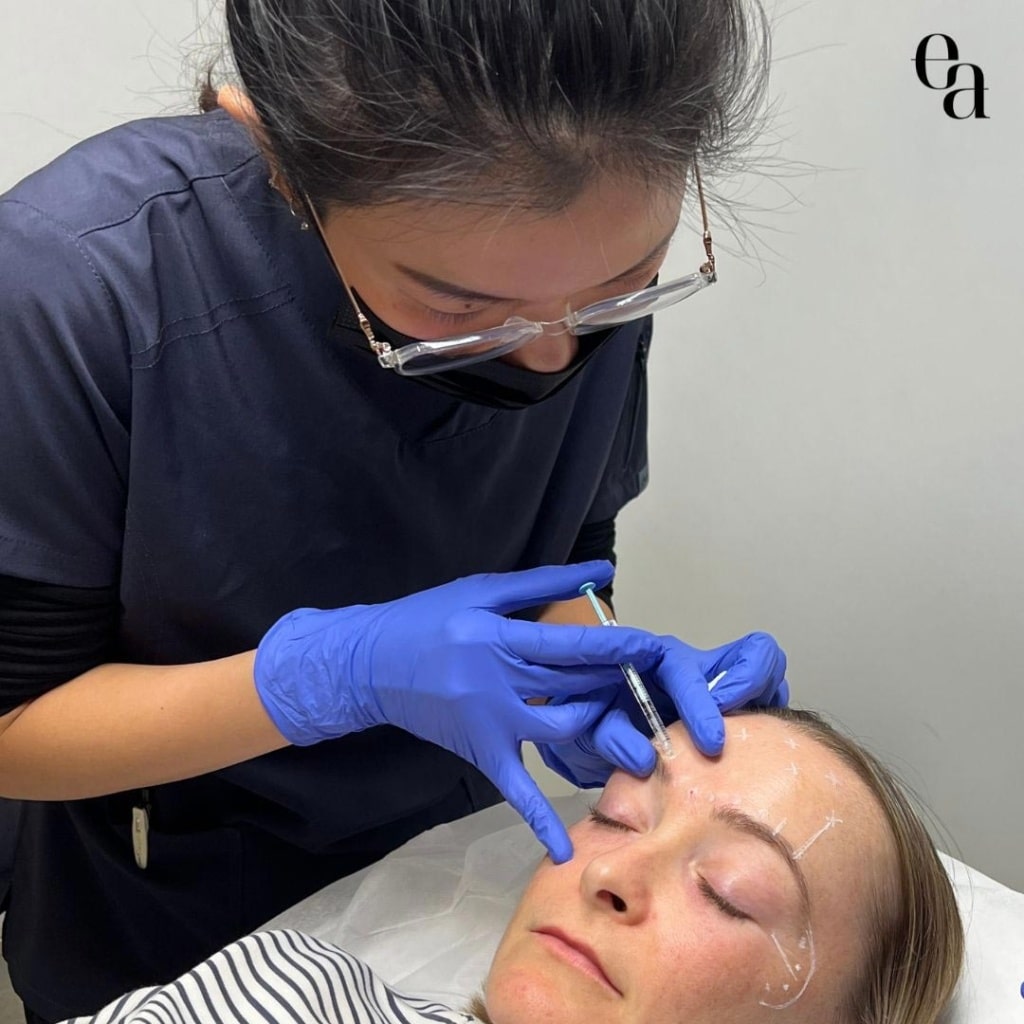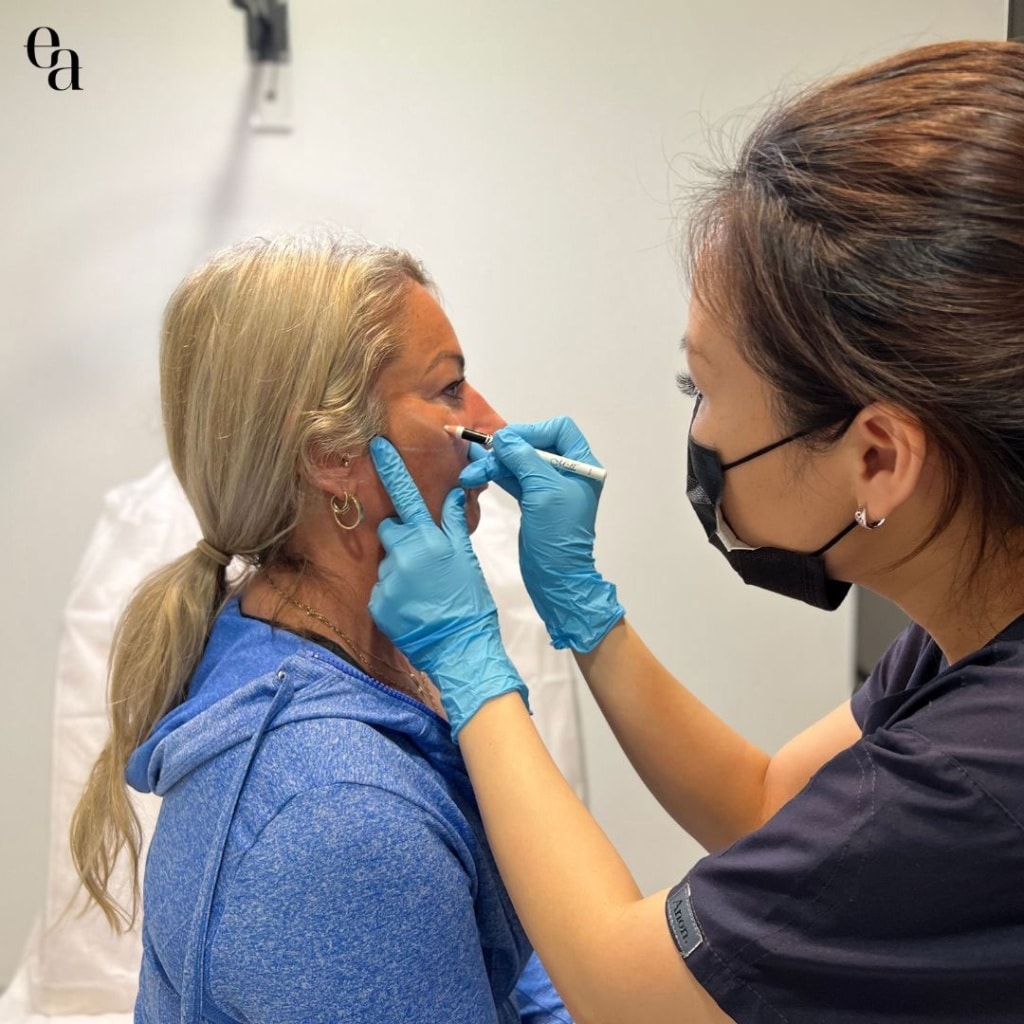
Let’s face it: No one likes to think about things going wrong in aesthetic nursing, especially since this industry is all about making patients feel confident while increasing their natural beauty. But the reality is that complications can happen, even in the hands of the most skilled practitioners. So, what do you do when things don’t go according to plan?
Whether it’s an unexpected skin reaction, an infection, or a patient who’s unhappy with their results, knowing how to handle complications is key in aesthetic nursing. This post will walk you through some common complications and, more importantly, what you can do when they arise.
Understanding the Nature of Complications in Aesthetic Nursing
Complications in aesthetic nursing can vary widely, from mild reactions like swelling or bruising to more serious issues such as infections or vascular occlusions. The key to managing these complications is being able to identify them early and having a plan in place to address them. This begins with understanding the nature of each potential complication.
Here are some of the most common complications nurses in the aesthetics field may encounter:
- Bruising and Swelling: Mild to moderate bruising and swelling are common after injectable treatments like soft-tissue augmentation treatments (also known as dermal fillers) or anti-ageing injections. These reactions are typically harmless but can be distressing for clients if unexpected.
- Infection: There is a risk of infection any time the skin is punctured. This is why strict adherence to aseptic techniques is vital during aesthetic procedures.
- Vascular Occlusion: One of the more serious complications in aesthetic nursing is a vascular occlusion, where a soft-tissue augmentation product (also known as dermal filler) inadvertently blocks a blood vessel. If not treated promptly, this can lead to tissue damage.
- Allergic Reactions: Though rare, allergic reactions can occur with certain products. Symptoms can range from mild irritation to anaphylaxis.
Why Preparation is Key
Managing complications starts long before you pick up the syringe; you’ll learn that thorough preparation is essential during your cosmetic nurse training. This includes understanding the anatomy and knowing your products inside out, adhering to protocols, and having the right emergency protocols, medications and equipment on hand.
Part of being prepared is ensuring comprehensive patient consultations. Gathering a detailed medical history, discussing potential risks, and setting realistic expectations will minimise the chance of surprises. Clients who know what to expect are less likely to panic if they experience a minor complication like bruising or swelling.
What To Do When Things Go Wrong
So, you’ve done everything right, but a complication still arises. Here’s how to handle some of the most common issues in aesthetic nursing:
1. Bruising and Swelling: Stay Calm, Reassure Your Client
Bruising and swelling are among the most common side effects of injectable treatments. Although usually harmless, they can be concerning to your client—especially if they weren’t expecting it.
What to do:
- Reassure your client. Explain that mild bruising or swelling is normal and will subside within a few days.
- Apply a cold compress. This can help reduce the swelling and discomfort immediately after the procedure.
- Recommend arnica gel or creams. Some clients find these helpful in reducing bruising.
2. Infection: Act Quickly and Follow Protocols
Infections are rare but can occur if proper aseptic techniques aren’t followed. Early signs include redness, warmth, and swelling around the injection site, often accompanied by pain.
What to do:
- Don’t wait to act. If you suspect an infection, assess the site carefully and start treatment immediately.
- Prescribe antibiotics if necessary. You should always be prepared to prescribe antibiotics if signs of infection are present. Sometimes, a culture swab may be needed to determine the best course of action.
- Follow up closely. Schedule a follow-up appointment to monitor the infection and ensure it’s resolving.
3. Vascular Occlusion: Recognise Early and Treat Swiftly
Vascular occlusion is one of the most serious complications in aesthetic nursing, especially with soft-tissue augmentation procedures (also commonly known as dermal filler). This occurs when the product blocks a blood vessel, potentially leading to tissue necrosis if not treated promptly.
What to do:
- Recognise the signs. Symptoms include immediate blanching of the skin, pain, and discolouration. The earlier you recognise these signs, the better the outcome for the patient.
- Stop treatment immediately. If you suspect a vascular occlusion, stop the procedure straight away.
- Administer hyaluronidase. This enzyme can dissolve hyaluronic acid-based fillers and should be administered as soon as possible to unblock the vessel.
- Massage the area gently. This can help to disperse the filler.
- Seek emergency help if necessary. In severe cases, a specialist may need to be consulted for further treatment.
4. Allergic Reactions: Be Ready for Anything
Allergic reactions to products used in aesthetic nursing are rare, but they can happen. Mild reactions might involve localised redness or itching, while more severe reactions, such as anaphylaxis..
What to do:
- Mild reactions: Treat with antihistamines and monitor the client closely. Often, these reactions will subside on their own.
- Severe reactions: If you suspect anaphylaxis, administer adrenaline immediately and call emergency services. An adrenaline auto-injector is essential in any clinic offering cosmetic treatments.
- Stay calm and provide reassurance. Maintaining a calm presence in any emergency can help keep your client from panicking.
Prevention is Better Than Cure
As they say, prevention is better than cure. While you can’t prevent every complication, many can be avoided with precise technique, product knowledge, and patient management. During your cosmetic injectables training, you’ll develop the skills and knowledge you need to minimise risks.
Here are a few key tips for preventing complications in aesthetic nursing:
- Know your anatomy. Understanding facial anatomy is, of course, key to avoiding issues like vascular occlusion.
- Use the right products for the right clients. Not all soft-tissue augmentation products or anti-ageing procedures are suitable for every patient, so tailor your approach to each individual.
- Follow aseptic techniques. Cleanliness is of utmost importance in preventing infections.
- Communicate clearly. Make sure clients understand potential side effects and how to care for the treatment area afterwards.
Managing complications in aesthetic nursing is one of the most important parts of the role. By being educated, staying prepared, following protocols, and acting quickly, you’ll protect your patients and maintain their trust. If you’re new to aesthetic nursing or looking to upskill, cosmetic nurse training will equip you with the confidence and knowledge to handle any complication that comes your way.
Remember, complications happen to even the most experienced practitioners. The difference between a minor issue and a serious problem often lies in how quickly and effectively you respond. So stay calm, stay prepared, and most importantly, continue your learning!





